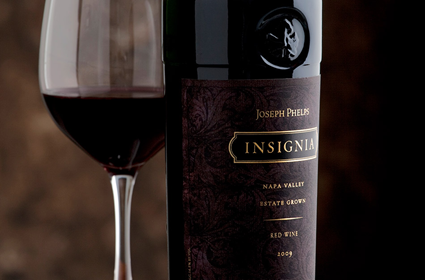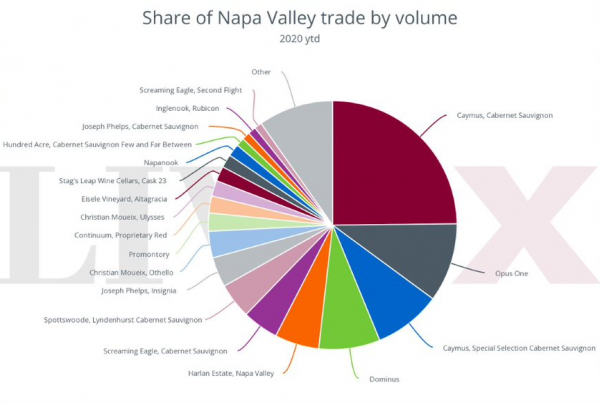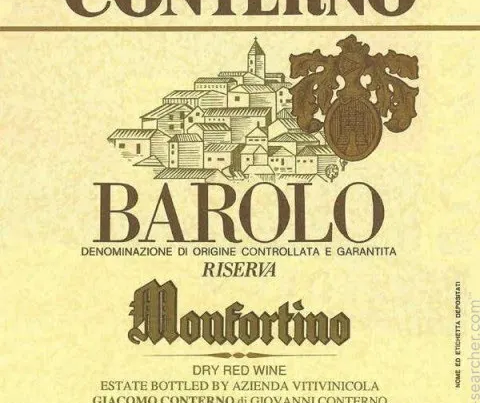Owner: LVMH
Colour: White, Rose
Standard blend: Pinot Noir (45%) and Chardonnay (55%)
Other wines: Dom Perignon Rose, Dom Perignon Oenotheque
History
Dom Perignon is one of the world’s most sought-after prestige cuveés. Produced by the Moët and Chandon champagne house, the vintage wine takes its name from a celebrated Benedictine monk whose experiments with bottle fermentation and blending methods in the 17th century contributed greatly to the rise of sparkling wine.
Champagne became a favourite of Louis XV and Madame de Pompadour in the 18th century, and its imperial popularity and status soon saw it shipped to England, Spain, Eastern Europe and America. It was during this era of rapid expansion that Moët and Chandon purchased the vineyards of the Abbey of Hautvillers, the setting where Dom Pierre Perignon had once investigated the possibility of making sparkling white wines from an assemblage of Pinot Noir and Chardonnay.
In 1921, Moët and Chandon produced the first vintage of its super cuvée – Dom Perignon – though it was not released until 1936. Since then, the champagne has come to enjoy extraordinary brand recognition, alongside other quintessential luxury cuvées such as Cristal and Krug. Dom Perignon winemaking is currently overseen by chef de cave, Richard Geoffroy.
Dom Perignon recent vintages
Dom Perignon’s latest vintage, the 2004, received 95 points from David Schildknecht of the Wine Advocate in November 2013. Schildknecht noted, “lily-of-the-valley perfume and scents of lightly toasted brioche and almond rise from the glass … along with hints of the apricot, pear and grapefruit that then inform a luscious and creamy yet strikingly delicate as well as consummately refreshing palate”. He concludes that it is “a wine of understated as well as profound beauty”. The wine most recently traded on the market for £850 per 12×75.
Of the recent vintages, 1996 and 2002 have the highest scores. The 1996 was awarded 98 points in 2004 by Robert Parker who stated at the time, “I have had a lot of great vintages of Dom Perignon, but I do not remember any as impressive as the 1996”. The 2002 received 96 points in the Wine Advocate, and Jancis Robinson originally awarded it 20/20 in 2010, observing, “A very assured performance. LVMH at its very best?” Around the release of the vintage, Parker commented on his bulletin board: “2002 DP…..call your bank…line up the truck…September 2010 release…” As shown below, since September 2010, the vintage’s market price has risen from £867 to £1,080 per 12×75 – an increase of 24.6%.
Market value
The eight most recent Dom Perignon vintages currently fall within a five point range from the Wine Advocate (from 92-96 points). However, market prices range from £900 (2003) to £1,700 (1996) per 12×75. The table below shows the POP* scores of these vintages. With the lowest POP score, 2004 appears to offer the greatest value.
*POP
A wine’s POP score is its price-over-points ratio, our loose measure of value. It is calculated by dividing the price of a nine-litre case of wine by a shortened 20-point score. We have calculated this 20-point score by simply subtracting 80 from the official rating from Robert Parker (for barrel-score spreads we use the mid-point of the score), on the basis that any wine under 80 points is unlikely to attract a secondary market. In theory, the lower the POP score the better value a wine is. All scores from erobertparker.com.






